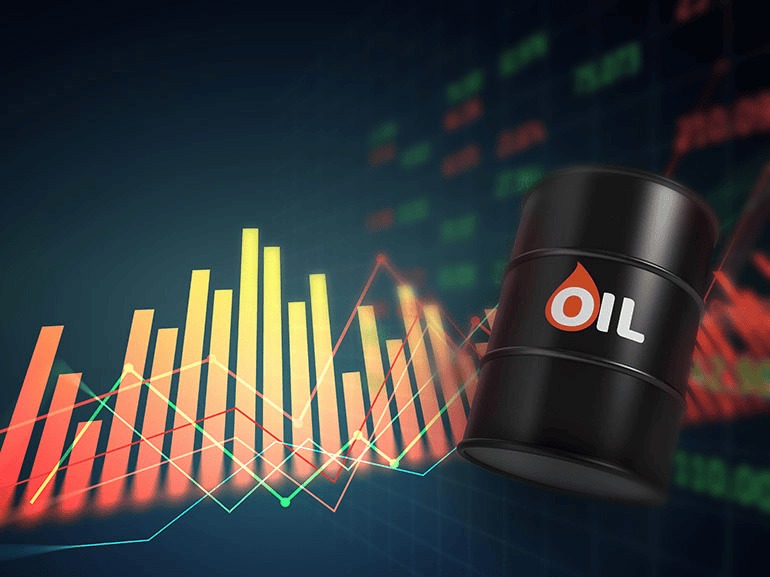Share
Homepage
News
Oil Prices Rebound After U.S. Tariff Shock – A Sign of Stability or Just a Pause?
Oil Prices Rebound After U.S. Tariff Shock – A Sign of Stability or Just a Pause?
08 tháng 4 2025
Oil Prices Rebound After U.S. Tariff Shock – A Sign of Stability or Just a Pause?

1. Overview of Oil Price Movements
On April 8, 2025, global oil prices rose over 1%, marking a slight recovery after a steep selloff driven by concerns over aggressive U.S. tariffs. Brent crude climbed $0.81 (1.26%) to $65.02 per barrel, while WTI crude gained $0.92 (1.52%) to reach $61.61 per barrel.
This rebound followed a nearly 2% drop the day before, sparked by President Donald Trump's announcement of sweeping tariffs targeting key trade partners such as China, the EU, and Japan.
2. The Cause: Impact of U.S. Tariff Policy
The new U.S. tariffs—ranging from 10% to 50%—aim to revive domestic manufacturing. However, they have sparked global fears of a trade war and potential economic slowdown.
China responded with a 34% retaliatory tariff on U.S. goods.
The EU and Japan quickly demanded exemptions.
Stock markets plunged: The S&P 500 lost over 20% from its peak, and major indices like the DAX and FTSE 100 also sank.
These developments triggered panic selling across assets, with oil—sensitive to economic growth—taking a direct hit.
3. Investor Sentiment & Oil Market Outlook
Despite the modest price recovery, investor sentiment remains fragile. A Reuters survey showed U.S. crude inventories could rise by 1.6 million barrels, signaling weaker demand.
However, analysts suggest there are buffers preventing oil from falling too far:
U.S. shale breakeven costs are estimated around $60 per barrel.
A price below $50/barrel may force producers to halt drilling, tightening supply and creating a price floor.
4. Political Response & Medium-Term Risks
President Trump defended his tariff strategy on Truth Social, claiming “there is no inflation” and that the U.S. is collecting billions from nations that “abused” it. He blamed previous administrations for allowing such trade imbalances.
Still, internal tensions within the White House are growing. High-profile figures like Elon Musk have spoken out in favor of free trade, while international leaders such as Netanyahu and those from Bangladesh have initiated negotiations to avoid being hit by tariffs.
Analysts warn that if the trade conflict escalates, it could hurt global growth, rattle investor confidence, and reduce inflows into commodities, including oil.
5. Conclusion & Outlook
While oil prices bounced back slightly in the latest trading session, this movement may be a technical correction rather than a sign of sustainable recovery. Trade policy uncertainty and demand-side weakness remain key concerns.
WTI crude appears to have technical support near $60/barrel, with resistance around $66–68/barrel.
Investors should closely monitor trade negotiations, U.S. inventory data, and OPEC+ actions to assess oil’s trajectory in Q2 2025.
All information on our website is for general reference only, investors need to consider and take responsibility for all their investment actions. Info Finance is not responsible for any actions of investors.